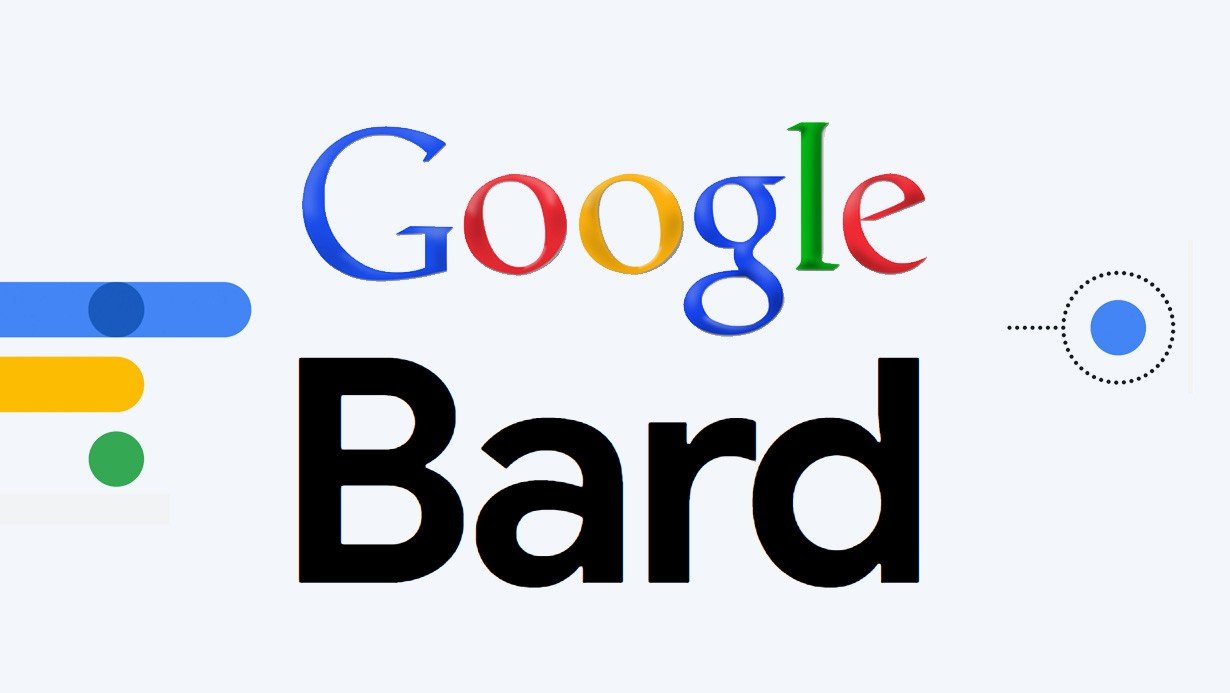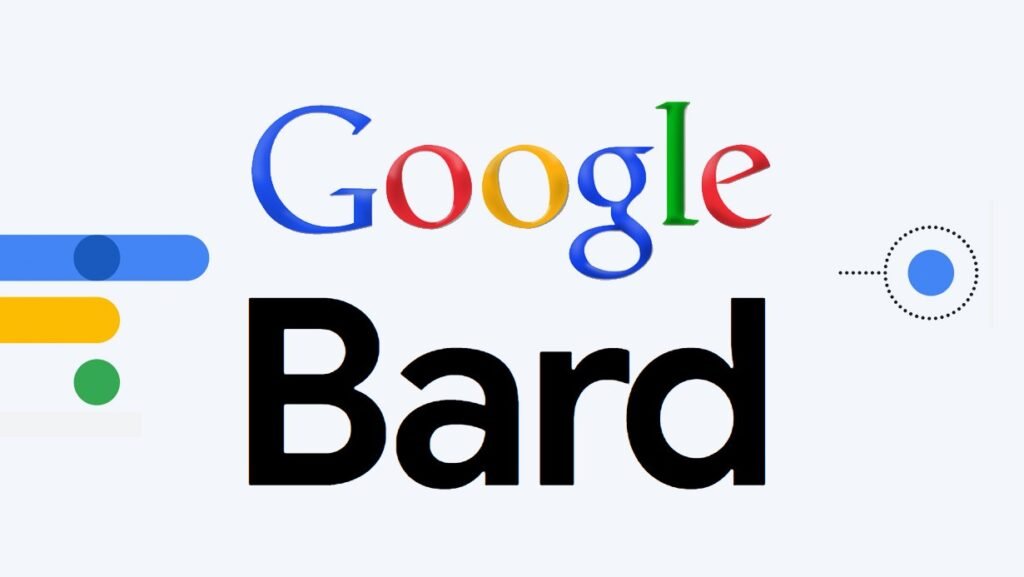Google Bard and ChatGPT – Which Is the Best AI 2023

Artificial intelligence (AI) model languages have transformed the way people engage with technological advances in recent years. Two prominent contenders in this domain are Google BARD and ChatGPT. Both these AI language models gained significant attention and admiration for their advanced capabilities. In this article, we will delve into the features, strengths, and weaknesses of Google BARD and ChatGPT. Aiming to provide you with a comprehensive understanding of the battle between these cutting-edge AI technologies.

Table of Contents
What are AI Language Models?
AI language models are sophisticated systems that use machine learning algorithms to process and generate human-like text. These models analyze large amounts of text data, allowing them to learn patterns, grammar, and context. By leveraging this knowledge, AI language models can generate coherent and contextually relevant responses to user queries or prompts.
Google Bard and ChatGPT
Introducing Google BARD
Google BARD, short for “Biologically Augmented Language Model with Deep Reinforcement Learning,” is a state-of-the-art AI language model developed by Google. It combines deep reinforcement learning with the Transformer architecture, resulting in a highly versatile and powerful language model. Google BARD is trained on vast amounts of data from diverse sources, making it adept at understanding and generating human-like text.
Exploring ChatGPT
ChatGPT, created by OpenAI, is another notable AI language model that has gained immense popularity. Built on the GPT-3.5 architecture, ChatGPT is designed to engage in conversational interactions with users. The processing of natural languages abilities are outstanding, allowing it to recognize and respond to an extensive variety of input.
Google Bard and ChatGPT Comparison
Language Comprehension
Both Google BARD and ChatGPT excel in understanding natural language. They can comprehend complex sentence structures, idiomatic expressions, and even detect sentiment. However, Google BARD’s advanced reinforcement learning framework allows it to grasp nuanced meanings more effectively, giving it an edge in this aspect.
Contextual Understanding
When it comes to contextual understanding, both models demonstrate remarkable performance. They can maintain context across multiple turns of a conversation, providing coherent and contextually relevant responses. However, ChatGPT has been trained extensively on conversational data, enabling it to excel in interactive and dynamic dialogues.
Response Generation
Both Google BARD and ChatGPT are proficient at generating high-quality responses. They can produce coherent and meaningful text, ensuring a smooth conversational flow. However, Google BARD’s reinforcement learning approach enables it to generate more diverse and creative responses, making it ideal for creative writing tasks.
Versatility and Customization
Google BARD and ChatGPT offer customization options, allowing developers to fine-tune the models for specific applications. However, ChatGPT provides more flexibility in this regard, enabling developers to customize the model’s behavior and output more extensively.

Cases for Google Bard and ChatGPT
Use Cases for Google BARD
Google BARD finds utility in various domains. It can assist content creators, researchers, and writers in generating creative and engaging text. Additionally, it has potential applications in virtual assistants, automated customer support, and personalized recommendations, thanks to its reinforcement learning capabilities and comprehension skills.
Use Cases for ChatGPT
ChatGPT’s conversational prowess makes it an excellent tool for virtual assistants, chatbots, and customer support systems. It can simulate human-like interactions, providing users with a personalized and engaging experience. Moreover, we can use ChatGPT for drafting emails, generating code snippets, and aiding in brainstorming sessions.
Performance Evaluation
Performance evaluations have shown that both Google BARD and ChatGPT perform exceptionally well on a range of language tasks. They exhibit a high level of fluency, coherence, and contextuality in their generated text. As well as, these models extensively tested on tasks like language translation, sentiment analysis, question-answering, and text completion, consistently demonstrating their proficiency.
Limitations and Challenges
While Google BARD and ChatGPT are impressive AI language models, they do have their limitations. One challenge is the potential for biased or inaccurate outputs. These models learn from vast amounts of data, which can contain biases present in the training corpus. Furthermore, care must be taken to ensure that the models are not perpetuating or amplifying societal biases in their responses.
Another challenge is the models’ susceptibility to generating misleading or false information. Despite their sophisticated training methods, AI language models may generate plausible-sounding but incorrect or fabricated responses. This emphasizes the need for human verification and fact-checking when utilizing the outputs of these models.
Ethical Considerations
The development and deployment of AI language models like Google BARD and ChatGPT raise important ethical considerations. Accountability, accessibility, and integrity must ensure in the creation and implementation of these models.
Safeguards must be in place to prevent the misuse of AI language models for malicious purposes, such as generating harmful or misleading content.
Furthermore, user privacy and data protection are paramount. Collecting and storing user data for training and improving these models should be done with the utmost care, following strict privacy guidelines and consent procedures.
The Future of AI Language Models
As AI language models continue to advance, we can expect exciting developments in the future. Enhanced capabilities, improved understanding of context and nuance, and better alignment with user intent are areas that researchers and developers are actively exploring. Additionally, efforts made to address the limitations and challenges associated with bias, ethics, and privacy. Aiming to make AI language models more reliable, responsible, and beneficial for society.
Conclusion
In the battle between Google BARD and ChatGPT, we witnessed the remarkable capabilities of these AI language models. Both models excel in understanding natural language, generating coherent responses, and offering customization options. Google BARD stands out with its reinforcement learning framework and diverse response generation, while ChatGPT impresses with its conversational skills and adaptability.
As AI language models continue to evolve, it is essential to consider their limitations, ethical implications, and the responsible use of these powerful tools. By leveraging the strengths of Google BARD, ChatGPT, and future advancements, we can unlock their full potential and usher in a new era of human-AI collaboration.
FAQs (Frequently Asked Questions)
- Q: How do Google BARD and ChatGPT compare in terms of language comprehension?
A: Both models demonstrate excellent language comprehension, but Google BARD’s reinforcement learning framework gives it an advantage in understanding nuanced meanings. - Q: What are the primary use cases for Google BARD?
A: Google BARD finds utility in content generation, virtual assistants, customer support, and creative writing tasks. - Q: Can ChatGPT be customized for specific applications?
A: Yes, ChatGPT offers more flexibility in customization, allowing developers to fine-tune its behavior and output. - Q: Are AI language models prone to generating biased or false information?
A: Yes, AI language models can exhibit biases and generate misleading or false information. Careful validation and fact-checking are necessary. - Q: What are the ethical considerations associated with AI language models?
A: Ethical considerations include addressing biases, ensuring transparency, protecting user privacy, and preventing misuse of AI language models
Also Read This
Study in Australia Details List of Universities and Scholarships





